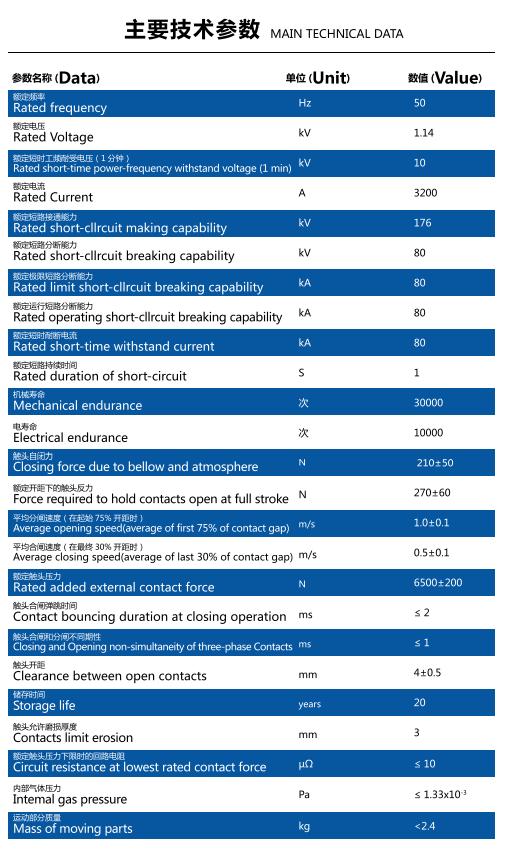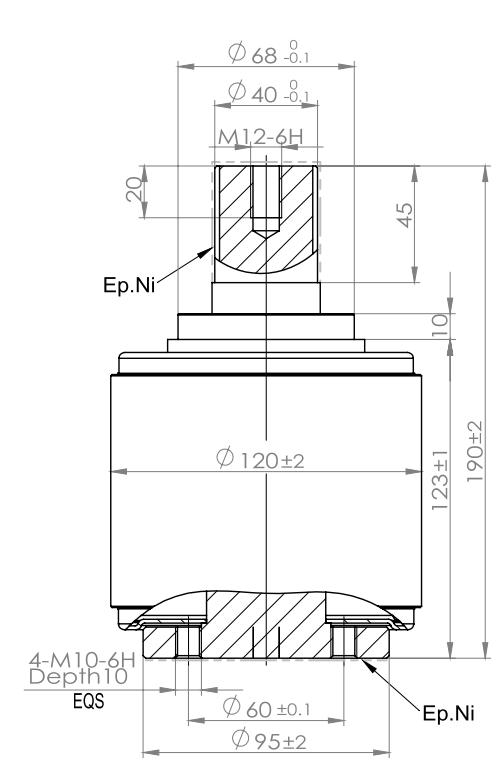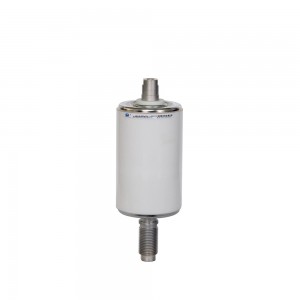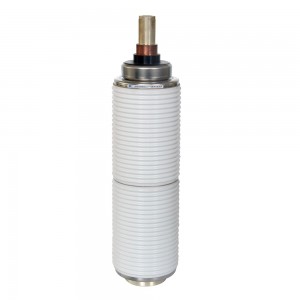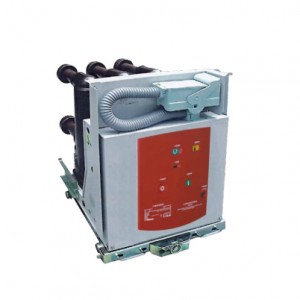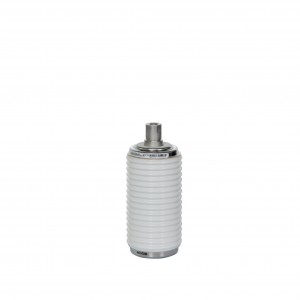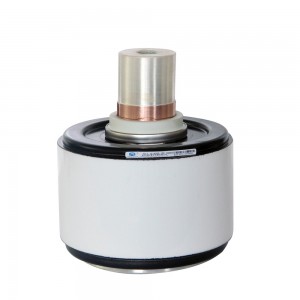Vacuum interrupter for low voltage circuit breaker(604)
Brief description of the product:
In circuit breakers, vacuum-interrupter contact materials are primarily a 50-50 copper-chromium alloy. They may be made by welding a copper–chrome alloy sheet on the upper and lower contact surfaces over a contact seat made of oxygen-free copper. Other materials, such as silver, tungsten and tungsten compounds, are used in other interrupter designs. The vacuum interrupter's contact structure has a great influence on its breaking capacity, electrical durability and level of current chopping.
The vacuum interrupter bellows allows the moving contact to be operated from outside the interrupter enclosure, and must maintain a long-term high vacuum over the expected operating life of the interrupter. The bellows is made of stainless steel with a thickness of 0.1 to 0.2 mm. Its fatigue life is affected by heat conducted from the arc.
To enable them to meet the requirements for high endurance in real practice, the bellows are regularly subjected to an endurance test every three months. The test is carried out in a fully automatic test cabin with the travels adjusted to the respective type.
Sub assemblies of vacuum interrupters were initially assembled and brazed together in a hydrogen-atmosphere furnace. A tube connected to the interrupter's interior was used to evacuate the interrupter with an external vacuum pump while the interrupter was maintained at about 400 °C (752 °F).
Under certain circumstances, the vacuum circuit breaker can force the current in the circuit to zero before the natural zero (and reversal of current) in the alternating-current circuit. If interrupter operation timing is unfavorable with respect to the AC-voltage waveform (when the arc is extinguished but the contacts are still moving and ionization has not yet dissipated in the interrupter), the voltage may exceed the gap's withstand voltage.This can re-ignite the arc, causing abrupt transient currents. In either case, oscillation is introduced into the system that may result in significant over voltage. Vacuum-interrupter manufacturers address these concerns by selecting contact materials and designs to minimize current chopping. To protect equipment from over voltage, vacuum switch gears usually include surge arresters.
